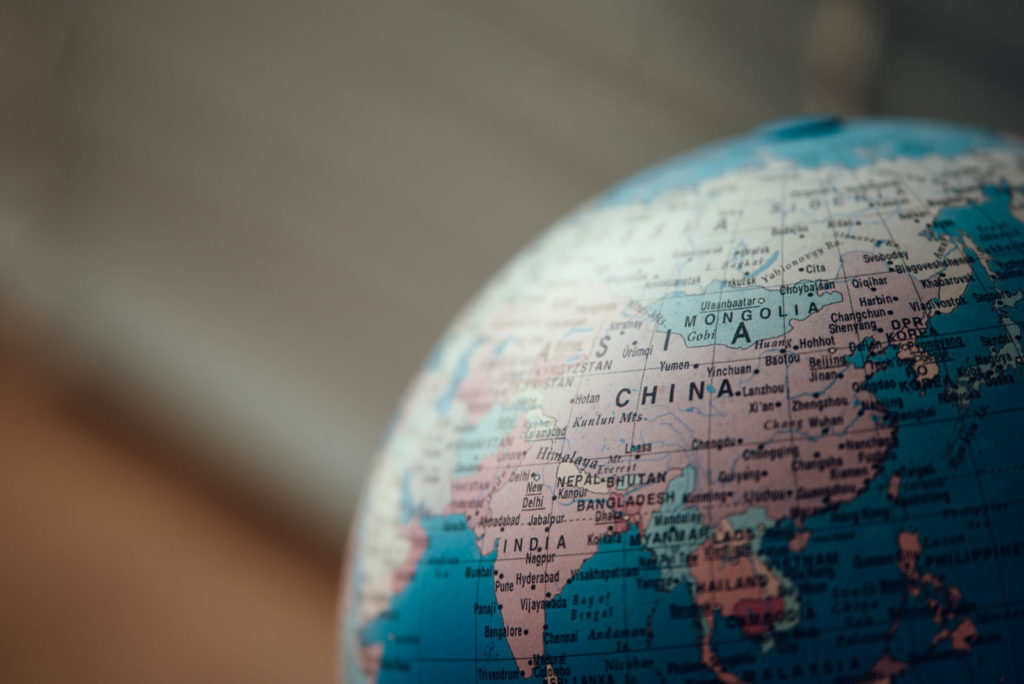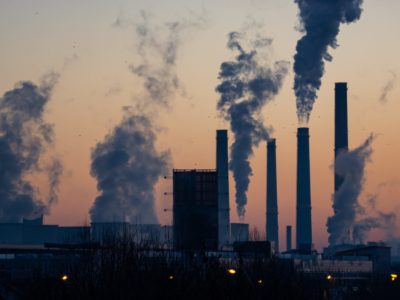What do technology, green economy and war industry have in common? Lantanoids.

This term refers to a group of seventeen chemical elements, present in the periodic table, ranging from lanthanum to lutetium, to which scandium and yttrium are added. These metals are also known as rare earths. The adjective “rare”, however, is not used in terms of abundance but to indicate the low concentration of deposits that makes extraction costs high.
The main characteristics of these metals are the luminescence and the ability to give rise to alloys with high magnetic properties. However, the most interesting aspect is that these elements, besides having a fundamental role in the development of technology, have become decisive for the geopolitical balance.
Thanks to the large nature reserves, China holds control of almost all the world production. It is enough to think, in fact, that 80 percent of these materials are in your hands.
Furthermore, in 2017 the Middle Kingdom extracted 105,000 tons of rare earths, unlike the United States, which produced only 43,000 tons in the last twenty years.
These data completely redesigns the economic and commercial balances since most of the Western countries, and not only, are depending more and more on the Beijing government. The rare materials, in fact, are of fundamental importance for the realization of technological tools. All modern electronics, such as hybrid cars, computers, lasers, wind turbines have among their components a good percentage these rare materials. War tools are also dependent on these components.
In this regard, the episode that sees as protagonist US Donald Trump is quite significant. The Republican government, in fact, had second thoughts about making the imports of these materials from China more expensive, since the risk was to procure more damage for themselves rather than for the Chinese market. These elements, as mentioned above, are fundamental for the military, demonstrating how the US military, and not only, is totally dependent on them.
All of this, inevitably increases China’s military and economic power, so much that the Pentagon fears that the Beijing government could hinder US military growth by reducing or eliminating supplies of rare materials altogether and sabotaging the technology it exports. Fears that are not unfounded, just think that in 1992 the Chinese president, Deng Xiaoping, argued that the export of these metals would guarantee Beijing the same power of the Middle Eastern oil.
“Arab countries have oil, China has rare earths elements”.
Because of this, the following year the Beijing government adopted the 863 Program with the aim of exploiting its deposits and ensuring the development of advanced technologies. Moreover, in the same year, China far exceeded the United States in extracting these metals. Despite the incredible growth from an economic and commercial point of view, in 2010 the rare earths were the protagonists of an international dispute. That year, China decided to reduce exports of rare materials by 40 percent, justifying this as an act of safeguarding the environment. Probably this decision was based, more than anything else, on protectionism, in order to guarantee greater advantage to the companies of the country using rare earths elements. These measures led to an increase in the international prices of these materials, and consequently, to a strong concern coming from the Western counties. In this regard, in 2012, the United States together with Japan and the European Union turned to the Conciliation Body of the World Trade Organization (WTO). After several years of vicissitudes, the dispute resolution body succeeded in removing the restrictions imposed by China on rare earth exports.
In the meantime, the prices of these metals increase considerably, so much so that many Western countries were forced to bring back the production to the old quarries in order to guarantee new investments. However, this decision resulted in a false step as Beijing decided to lower sales prices, making any form of competition from the West impossible.
Today in the world there are 120 million tons of rare earths elements. The largest concentration of these deposits, along with China, is in Brazil and Russia. With 37 percent control of these nature reserves, the Beijing government continues to dominate the global market for these elements, and it seems like it does not matter much if there are enormous economic and environmental costs to extract these materials. The processing and extraction process of rare earths, in fact, causes the pollution of the seas, implies the use of toxic materials during the refining phase and produces waste such as, for example, radioactive waste.
In addition, Western countries are becoming increasingly dependent on China also for the disposal of technological waste. The Middle Kingdom, in fact, disposes about 70 percent of this waste, and consequently only a very low percentage of lantanoids, about 1 percent, is recycled. All this allows the Beijing government to increase its dominance over materials and the expansive market.
China has a powerful threatening weapon that allows it to keep some countries in check, nations with which it has political and economic disputes, which guarantees it enormous negotiating power and which ensures its growth from a military point of view. In 2015 the Chinese premier Li Keqiang launched the “Made in China 2025” plan whose main objective is to locally produce, by 2025, 70 percent of the products that will determine the industry of the future, this would induce the main western technological industries to transfer their productions to Ci .
For several years, the Beijing government has adopted an economic policy capable of guaranteeing the title of planetary superpower. In an increasingly complex geopolitical context, China is emerging as the undisputed leader and probably this is only the beginning of a long history of the rise of the Middle Kingdom.
Rebecca Molinari collaborated.






